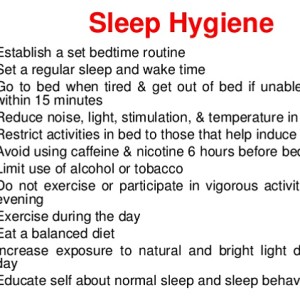
Although our bodies appear largely symmetrical, our organ placement makes us asymmetrical internally. 2013 Mar 42(1):57-70.Left-side sleeping has the most expert- and science-backed health benefits. Gastroesophageal reflux disease and sleep. Influence of spontaneous sleep positions on nighttime recumbent reflux in patients with gastroesophageal reflux disease.

It is recommended that people at risk of obstructive sleep apnea sleep on their side and with a 30° or higher elevation of the upper body. A 2005 study concluded that "systematic review of preventable risk factors for SIDS from 1970 would have led to earlier recognition of the risks of sleeping on the front and might have prevented over 10,000 infant deaths in the UK and at least 50,000 in Europe, the USA, and Australasia." Sleep position and snoring

In the 1958 edition of his best-selling book The Common Sense Book of Baby and Child Care, paediatrician Dr Benjamin Spock warned against placing a baby on its back, writing, "if vomits, he's more likely to choke on the vomitus." However, later studies have shown that placing a young baby in a prone position increases the risk of sudden infant death syndrome (SIDS). The "Hollywood pose" of the woman with her head and arm on the man's chest was chosen by 4%. 10% favoured the "lovers' knot" (facing each other with legs intertwined), though all but 2% separated before going to sleep.

Spooning was next, with the man on the outside 20% of the time vs. Ī Travelodge survey found that 50% of heterosexual British couples prefer sleeping back-to-back, either not touching (27%) or touching (23%). 2.4 Sleep position and gastroesophageal refluxĪ Canadian survey found that 39% of respondents preferring the "log" position (lying on one's side with the arms down the side) and 28% preferring to sleep on their side with their legs bent.


 0 kommentar(er)
0 kommentar(er)
